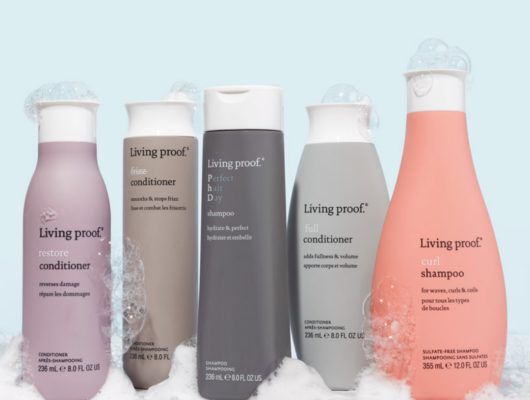
How to choose the best shampoo for your hair
When you’re equipped with shampoo that’s suited to your locks, your journey to healthier, happier hair becomes smooth sailing. You can achieve balance, stimulate your scalp, and provide critical protection for your strands, all while feeling confident and clean.
But between your personal hair needs, conflicting opinions from your favorite beauty vloggers, and the array of haircare products promising reinvention, it can be tough to land on the shampoo that will meet your highest hair hopes.
To build a healthier hair routine, read below for our guide on how to choose shampoo. We’ll discuss what to look for in a shampoo and which products and ingredients might benefit your locks.
1. Consider your hair type
The first step toward selecting the right shampoo? Getting to know your roots. Take a moment to consider your hair type, reflecting on how your strands generally look and feel.
Hair tends to fall in the following categories, based on thickness, density, and texture:
- Fine
- Thin
- Coarse
- Thick
- Straight
- Wavy
- Curly
- Coily
While it’s likely that you have a handle on whether your hair is straight, wavy, curly, or coily, sometimes it can be difficult determining where our strands fall on the density and thickness spectrums.
Need help determining your hair type and what type of shampoo to use? Consider these two things for determining hair type:
- Thickness– Hair thickness involves the diameter of your individual strands of hair. Hair that falls on the smaller side of the spectrum is known as “fine” hair, while strands with larger diameters are known as “coarse.”
- Density – Density refers to the amount of hair on your head. Generally speaking, most people have between 80,000 and 120,000 strands of hair on their heads. Those with high hair density, or “thick” heads of hair, may have hair that appears fuller than those with lower density, or “thin” hair, even if their individual strands are smaller in diameter.
Although it’s easy to confuse fine hair with thin hair and coarse hair with thick hair and there can be overlap, it’s actually possible to have fine-thick hair and coarse-thin hair.
To determine your hair density and thickness, try these two measuring methods:
- Pick a single strand of hair and hold it between your fingers. Is it stiff or rough to the touch? You may have coarse hair. Barely notice it? It’s possible that you have fine hair.
- Put your hair in a ponytail. Do you see your scalp peeking through? You might have low density hair. Also, note what goes into putting your hair up. If you only need to wrap the elastic once, it’s likely that you have thick or high density hair.
The best shampoo for each hair type
Now that you have a better understanding of hair types, let’s consider what to look for in your shampoo based on texture and thickness.
Fine hair
Fine strands of hair can get overwhelmed by heavy, harsh products. To support body, movement, and overall fullness, look for volumizing shampoos that offer gentle cleansing.
Whether you have high or low density hair, you might notice that your fine strands tend to get greasier than coarser hair. This is because your hair shafts are smooth, which allows for your natural sebums, or oils, to settle on top of your hair. To combat greasiness and achieve buoyancy, seek a volume-boosting shampoo that not only removes existing build-up and dirt, but also repels oil and residue—like Living Proof’s Full Shampoo.
Coarse hair
The wider the width of your hair, the more likely it is that you’ll crave additional moisture to keep it hydrated and supple. While you may be able to stretch out the time between washes, you might experience frizzy hair or damage due to dryness. In which case, you may also want to seek out a good conditioner. Both products offer different purposes for your hair but can be beneficial for all hair types. If you’re wondering how each benefit your hair, learn more about shampoos vs. conditioners.
To break ties with breakage, look for a rich, creamy shampoo that nourishes and conditions hair as it cleanses. Our No Frizz Shampoo weightlessly smooths thicker, coarser hair every time you shower.
Straight hair
Whether your straight hair is thick, thin, coarse, or fine, your texture can shine with a little help from a shampoo that offers gentle, weightless cleansing to help your hair feel healthier and cleaner for longer.
The rest depends on your desired outcomes, thickness, and density:
- If you’ve ever fought with flyaways or battled breakage, you might find protection and replenishment in a frizz-fighting shampoo.
- If your straight hair falls on the thicker, coarser side, you might find additional smoothing support from shampoos that work to restore damaged cuticles.
- If your fine straight hair sometimes falls flat, you might find a welcome boost in a lightweight volumizing shampoo.
Wavy and curly hair
Healthy, shiny curls are the goal. But without proper conditioning, they can sometimes lose their shape or manageability. So what’s the best shampoo to support curly hair types? Look for lightweight shampoos that will offer moisture and shine, without weighing down your coils and waves and inhibiting that glorious movement.
To help define your curls and waves and boost your natural texture, try washing with a creamy, low-lather curl shampoo that balances your moisture levels so you can embrace stronger, more powerful, and bouncier hair.
2. Look out for beneficial ingredients (and common culprits)
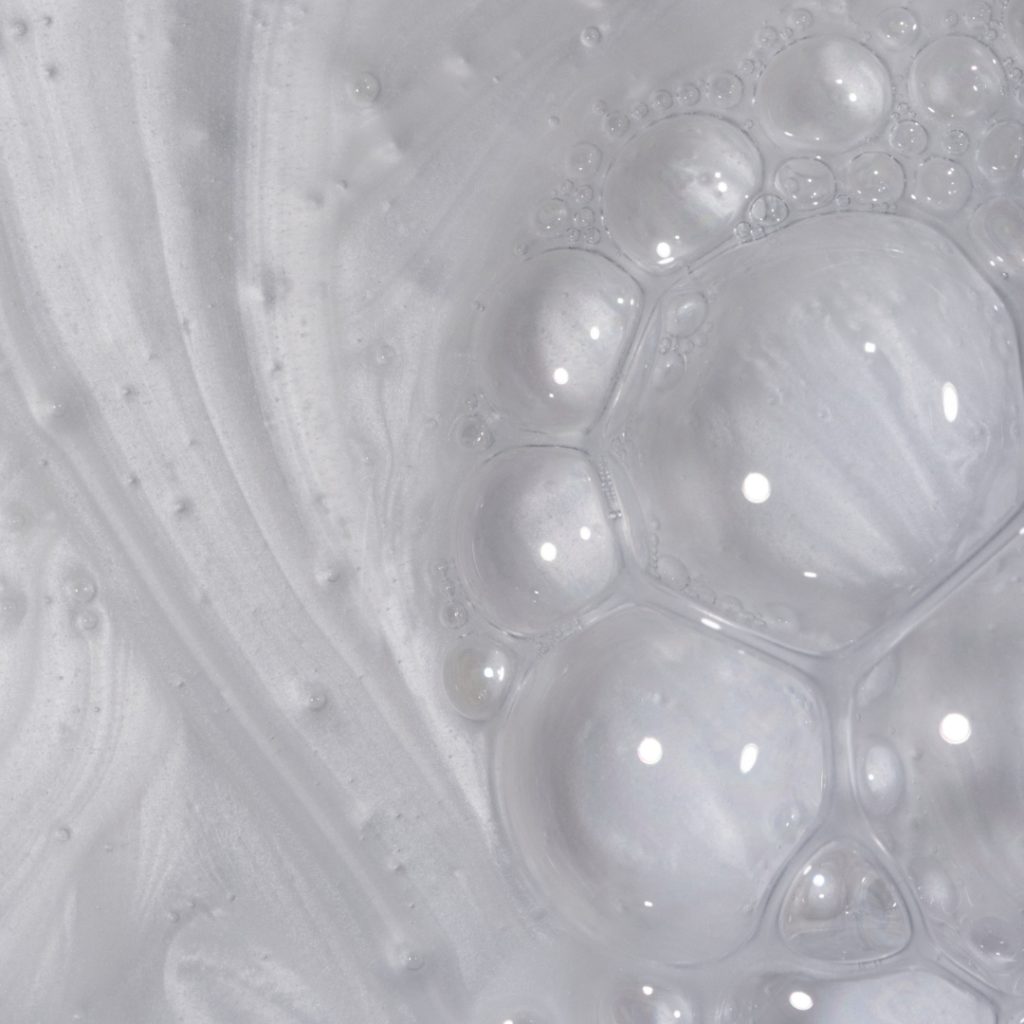
Whether your hair is straight or wavy, fine or coarse, thick or thin, you’ll benefit from choosing a shampoo with ingredients that may help protect, strengthen, and balance your locks.
So after you’ve spent time considering your hair type specific needs, you should carefully consider the compounds, nutrients, and additives that your hair product does—or doesn’t—contain.
Innovative ingredients
What should you look for? Research, innovation, and care.
At Living Proof, we’ve developed our hair products online around protective, performance-boosting molecules—championing the ingredients that align with our commitment to healthier hair and dropping the ones that don’t.
Here’s how our patented molecules can help guide you to good hair days:
- Volumizing + Texturizing Molecule – The Volumizing + Texturizing Molecule (V+tm) provides a healthy boost of volume for low density and fine hair types, delivering bounce and texture without bulk or weight.
- Thickening Molecule – The Thickening Molecule (T-m) works on a microscopic scale, imprinting thickening dots on individual strands to promote lush, enduring fullness.
Annoying additives
Sometimes what isn’t on a hair product’s ingredient list can be just as important as what makes the cut. When you’re choosing your shampoo, pay special attention to these commonly used ingredients that may be more trouble than they’re worth:
- Silicone – This prevalent ingredient in off-the-shelf shampoos may attract dirt, lead to build-up, and leave your hair with a greasy, uneven coating.
- Sulfates – Sulfates may deliver larger-than-life lather, but it’s also possible that they strip your hair and scalp of their natural oil, leaving both susceptible to damage and irritation.
- Parabens – Some shampoos use parabens to extend shelf life, but these preservatives can be absorbed by the skin which may cause irritation.
If you are worried about harm to your hair and to the environment, consider choosing shampoos that are PETA certified cruelty-free and packaged in sustainable, recyclable bottles. After all, what’s healthier hair without a healthy planet?
3. Account for any hair concerns
When you’re shopping for your shampoo, it’s also worthwhile to target any specific hair concerns you’d like to get rid of. Common woes can include:
- Oily hair
- Product build-up
- Dry and flaky scalp
- Color-treated hair
If your hair tends to get greasy quick or you are struggling with product build-up and flakes, it might be time to try a clarifying shampoo that balances and cleanses your scalp—reducing the dirt, excess sebum, and hard water residues that can often lead to oily hair. Seek out a silicone-free option that offers gentle but thorough cleansing so that you can keep shine and hydration even after you’ve shown grease and build-up the door.
Feeling a tight or dry scalp even after washing means you might benefit from supplementing your shampoo with a soothing treatment that contains provitamins and nourishing oils.
Do you have colored hair? Keep it vibrant by choosing a color-safe shampoo that protects from the UV rays and hard-water minerals that threaten to dull your hair color.
Find the best shampoo for your hair with Living Proof
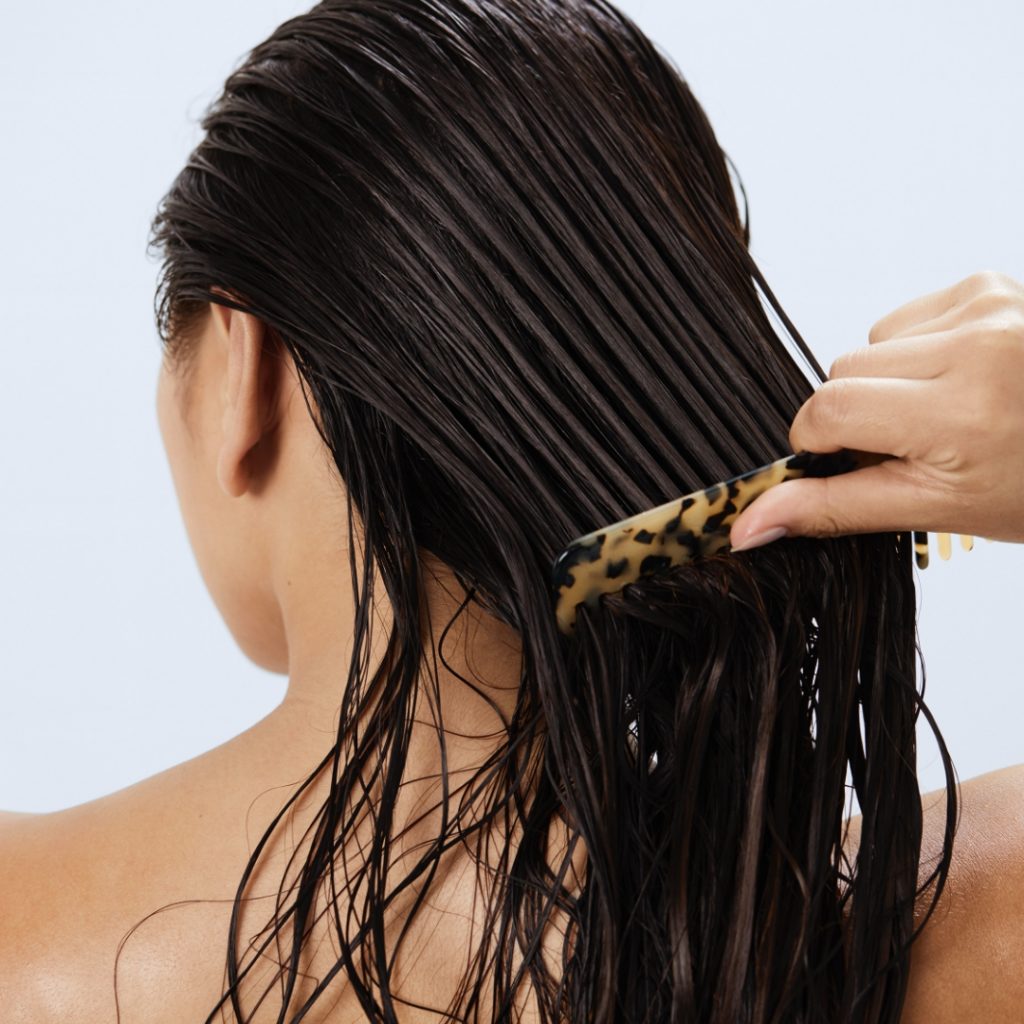
What feels better than a head of freshly-washed hair? After a proper lather and rinse, you feel restored, rejuvenated, and ready to take on the day ahead. But here’s a little secret. If you’ve used the right shampoo, your clean, happy hair feeling can last way past wash day.
If you need some help achieving healthier, stronger hair, that’s what Living Proof is for. Our team of MIT scientists and haircare specialists use revolutionary technology to empower your haircare journey and provide you with lasting protection, hydration, and shine.
Still wondering “What shampoo should I use?” We’re dedicated to helping you find your perfect shampoo match. Take our haircare quiz today.
- The Physics Factbook. The Diameter of Human Hair. https://hypertextbook.com/facts/1999/BrianLey.shtml
- NCBI. Anatomy, Hair. https://www.ncbi.nlm.nih.gov/books/NBK513312/
- Johns Hopkins Medicine. Safe Hair Care Spares Hair, Johns Hopkins Dermotologists Report. https://www.hopkinsmedicine.org/news/media/releases/safe_hair_care_spares_hair_johns_hopkins_dermatologists_report
- NIH. Butylparaben .https://ntp.niehs.nih.gov/ntp/htdocs/chem_background/exsumpdf/butylparaben_508.pdf
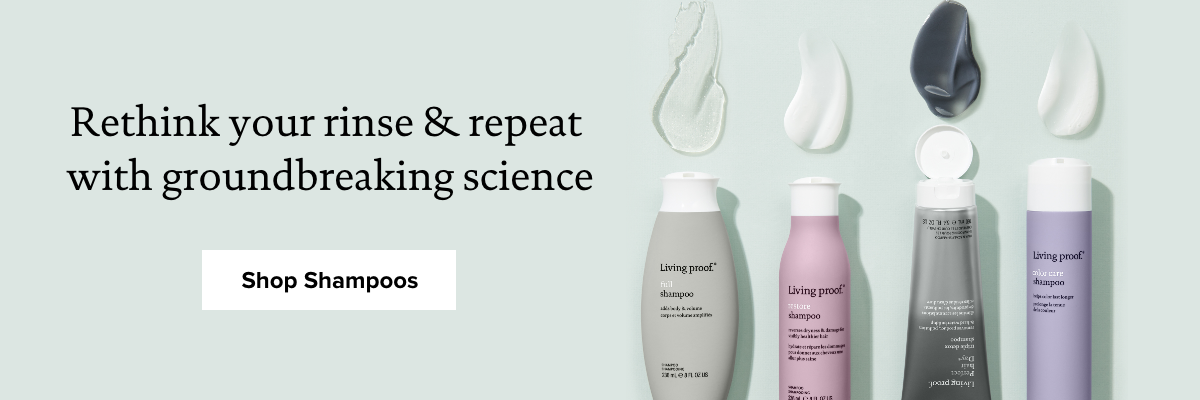

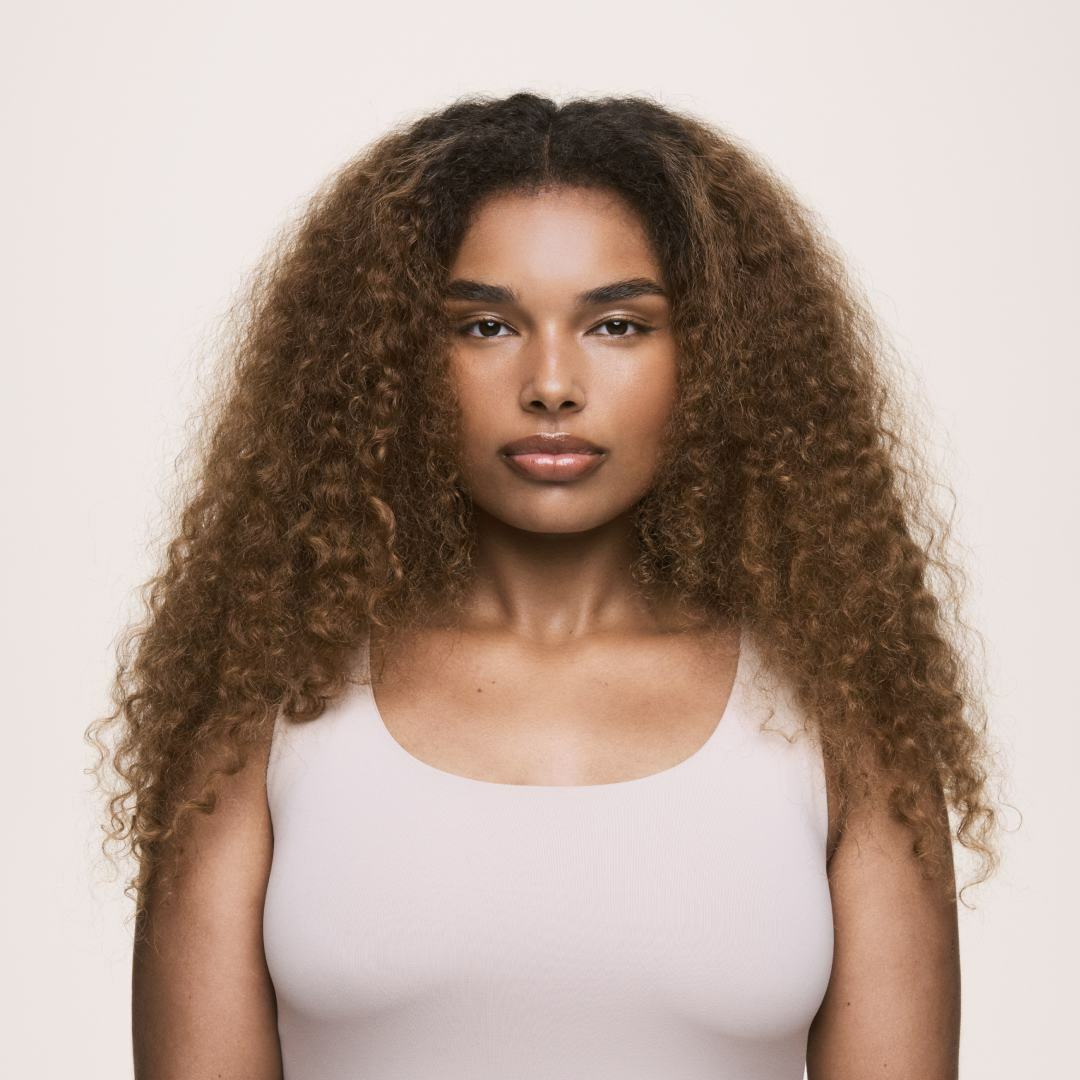
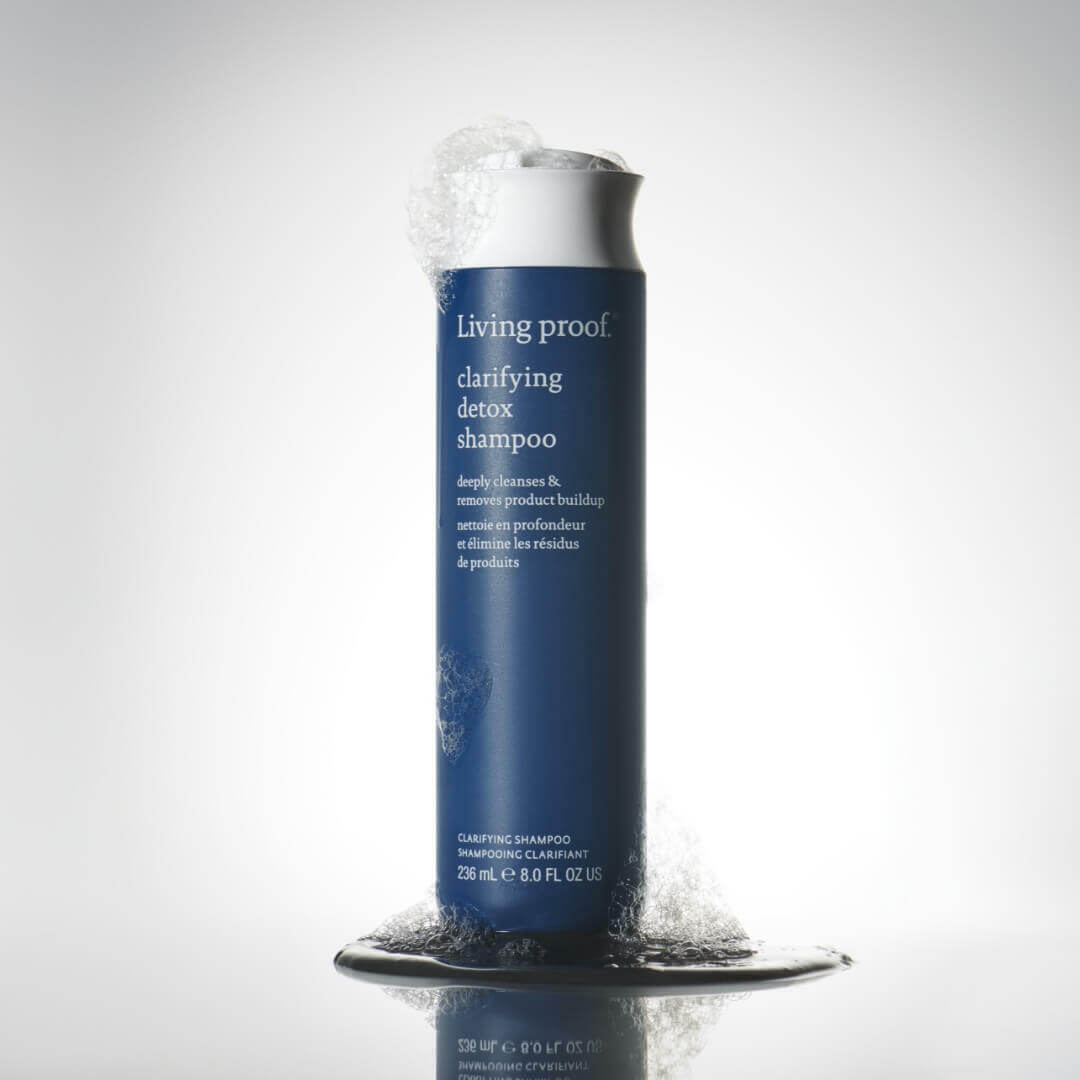
.png)